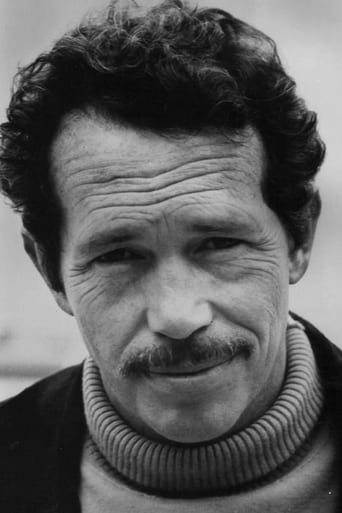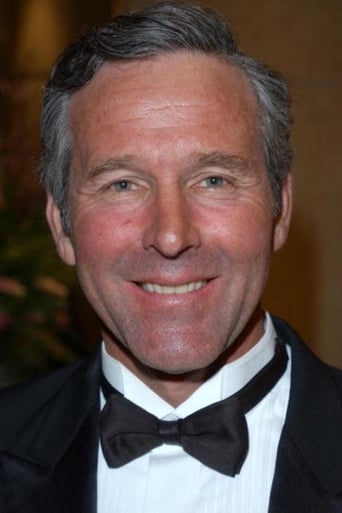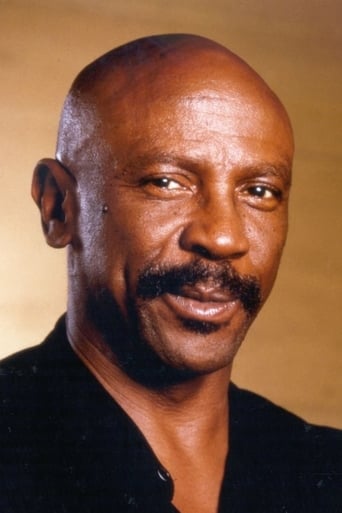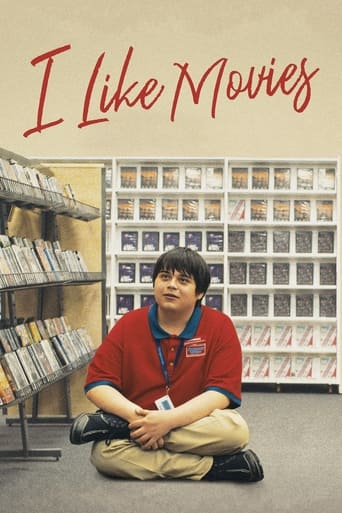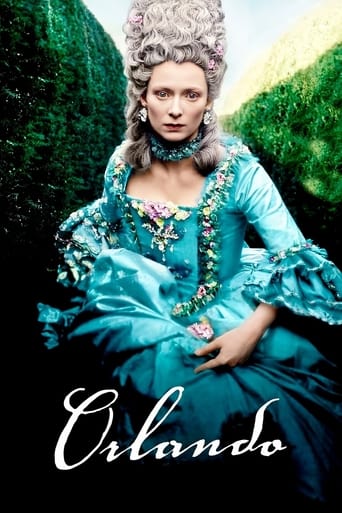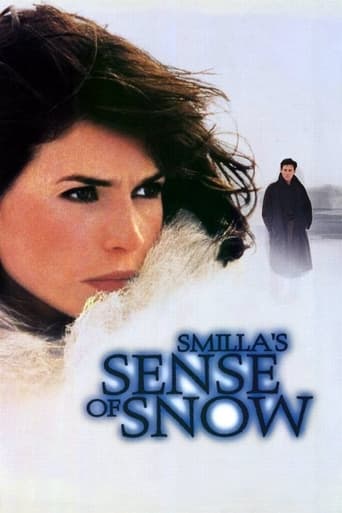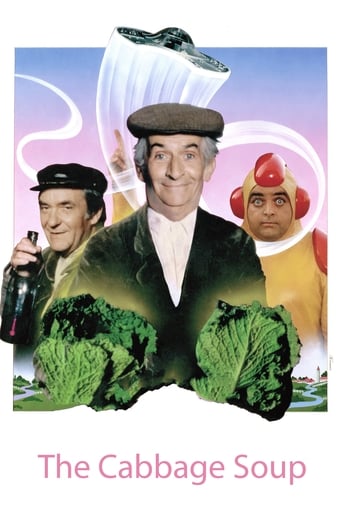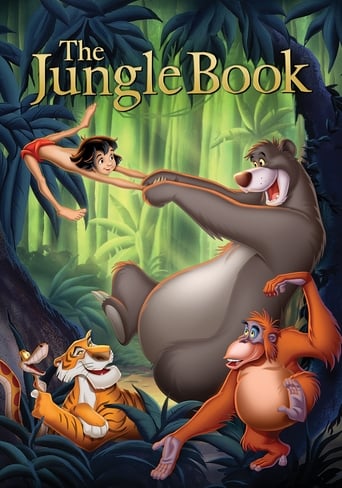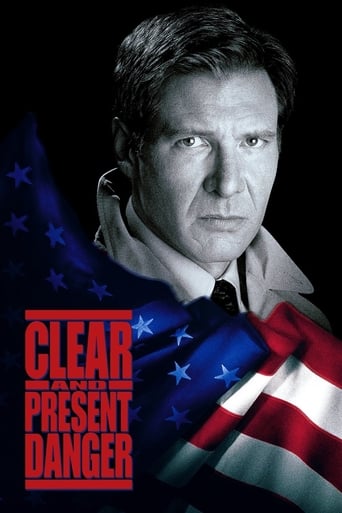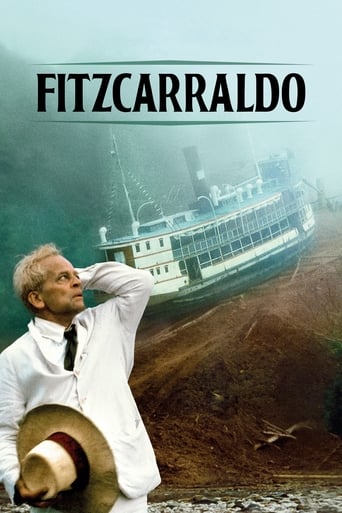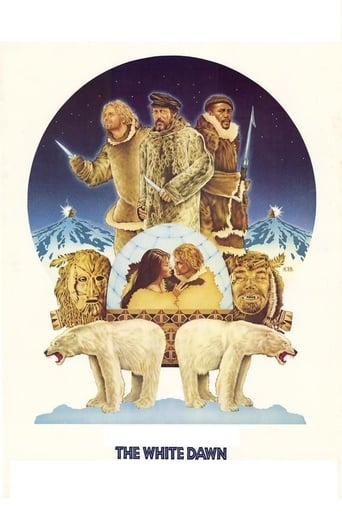

The White Dawn (1974)
In 1896, three survivors of a whaling ship-wreck in the Canadian Arctic are saved and adopted by an Eskimo tribe but frictions arise when the three start misbehaving.
Watch Trailer
Cast


Similar titles
Reviews
"The White Dawn" unfolds at a pace that I'm pretty sure many young people will be turned off by. There isn't really much of a plot here, for starters, and the movie unfolds at a pretty leisurely pace. Also, there isn't a terrible about of development for the characters played by Oates, Bottoms, and Gossett. But I have to admit that despite all that, I found the movie fairly captivating. The movie is slow, but it has a kind of hypnotic spell that kept me watching. Also, the depiction of the Inuit seems pretty authentic - I'm no expert on Inuit culture, but it sure seemed authentic. (One interesting detail is that it shows that the Inuit didn't have some sort of paradise lifestyle - they had problems like starvation, for example.) If you are looking for a movie that is quite different than usual - both in its subject matter and its telling - this movie is worth a look.
This movie contains what is surely one of the strangest, most unique, and most fascinating scenes in the history of cinematography.The scene is of an Inuit (Eskimo) ritual. I believe it to be authentic. The screenwriter (who also wrote the original book) lived among and studied the Inuit people for decades and was probably one of the world's foremost (non-Inuit) experts on Inuit culture. Furthermore, the movie was filmed on location and using actual Inuit people as actors.In the ritual, two girls sit cross-legged on the floor, facing each other. They seal their mouths together and take turns blowing air forcefully across the vocal cords of the other person. It creates one of the eeriest sounds I've ever heard. It's kind of a continuous huffing dronal chant, reminiscent of the background drone of bagpipes but without the shrillness. The strangest aspect of it is that there is an undertone of human voices in the sound. You get the feeling that if you listened hard enough, you could make out actual words. It is like no other sound you've ever heard - hair-raising. Who could have ever imagined that the human body could produce such a sound? Basically what they are doing is playing the other person's body like a musical instrument.The girls continue doing this, apparently for hours, hardly stopping to take a breath. They've got to be hyperventilating, or experiencing a buildup of carbon dioxide in their lungs and blood, and it is incredible that they can go on and on like this without fainting. They must go into some kind of dizzy trance-like state.I have never seen or heard of this ritual/technique anywhere but in this movie. I was in Alaska the summer of its Centennial year (1967) and was so fortunate to see a great many demonstrations of Inuit culture as part of the celebrations. But I didn't see anything like this, nor have I come across any description of it in my reading.This movie would be worth seeing, preserving, and collecting on the basis of this one scene alone! (But actually the rest of it is also worth seeing.)
It's May 1896. Three whale hunters Billy, Daggett and Portagee crash their small fishing boat into an ice flow off the coast of Baffin Island in the Arctic Circle and are the only three survivors when a tribe of Eskimos come to their rescue. These Eskimos have never seen creatures like this and welcome (what they refer to as 'dog children') to their isolated community. They share everything important to them, but supposedly their arrival is a bad omen and western pleasures have found their way in. Which disrupts the Eskimos' spiritual lifestyle greatly. What an enthralling pleasure and rather moving (and as well bleak) behavioural portrait of traditional customs and the survival of a 'primitive' race through the naive eyes of 'civilised' western men. Based on a true account. This Hollywood adventure exercise is beautifully implemented from James Huston's novel, which he also penned the thoughtfully sensitive screenplay. It's not really trying to force any sort ecological message onto the viewer, but creating a narrative that shows sometimes people take the simple things in life for granted. Instead of accepting what they got, they disrespect a way of life that they'll never understand and this will cause their own downfall. After obliging them, after one selfish act after another. Eventually both sides are at bitter odds with each other towards the end and the final straw leaves good old reasoning between the two ethnics behind close doors. It all comes down to survival in the end and removing the bad seeds. The dog children learn it the hard way.While the three guests (played by Warren Oates, Timothy Bottoms and Lou Gossett Jr.) are rather simple in their backgrounds, but their emotional bonds and interactions with each other and their surrogate guardians show just who they really are. We even get an informative look into the Intuits' way of life. The austerely imitating nature of the film is made more possible by its genuinely alienating and vastly eerie (but pristine) locations that are spaciously shot with great finesse by photographer Michael Chapman. You can feel the cold discomfort in the air. Harry Mancini's wistful music score has such an ominous howl that blends well with its gleeful side. Philip Kaufman direction is sturdily done and totally convicted to the story he wants to show. He demonstrates some disturbing scenes of cunningly swift, but also brutal violence (especially towards animals with the latter). Look out those easily offended by that. The pacing is deliberately slow to show the simple, no fuss routine of a culture being formed and to build up to its stirringly tragic conclusion. The performances from the Intuits are naturally quite good and they are subtitled for the occasion. Well, its better then being dubbed now that wouldn't work at all. An excellent Warren Oates makes for one scuffed-up, self-seeking old sea dog, named Billy. At times his crusty performance very much reminded of Captain Haddock. A character form Herge's comic stories of "The Adventures of TinTin". Timothy Bottoms is outstanding in the most spiritually aware and humane role of the three, as Daggett. Finally rounding it off, is a sterling turn by Louis Gossett Jr. as the happy-go-lucky, Portagee. Simply put, this remarkably haunting and significantly logical film still proves a point as much now, as it did when released. Recommended.
1896: A motley trio of whalers -- gruff, hostile, alcoholic third-mate Billy (a wonderfully crotchety Warren Oates), gentle, humane cabin boy Daggett (a lovely, moving performance by Timothy Bottoms), and fidgety harpooner Portagee (the always fine Lou Gossett) -- get stranded in the Artic after their boat crashes against some ice. The threesome are rescued by and subsequently adopted into a tribe of friendly, helpful, religious Eskimos. Everything goes well for a while. However, the whalers' assimilation into the tribe and its customs proves to be quite rocky: they assist the Eskimos in hunting seals, sleep with numerous Eskimo women, engage in wrestling matches and knife throwing contests, are marked as bearers of bad tidings by a powerful Eskimo medicine man after a series of misfortunes befall the tribe, and make a fruitless attempt at getting back to civilization by stealing an Eskimo boat (they also swipe some fish as well). Eventually the whalers' opposing cultural backgrounds and differing ethical beliefs cause them to have a fierce, bitter dispute with the tribe, which in turn begets violent, tragic consequences for the unsuspecting trio."The White Dawn" works superbly on two levels: 1) a rousing, rugged, totally plausible and absorbing braving the elements action/adventure feature which gives the viewer a tasteful, thoughtful, utterly fascinating look at a unique, intriguing culture that's for the most part grossly ignored and under-explored in cinema and 2) a trenchant, ultimately ironic examination of the fear, ignorance and ridiculous superstitions which are key components of racism and, more revealingly, significant reasons for why distinct cultures can and do clash. Assuredly directed with a clear, sharp eye for minute details by Phillip Kaufman, astutely written by James Houston and Tom Rickman, gorgeously photographed in stunning panoramic scope by Michael Chapman and scored with appropriate elegance and majestic orchestral sweep by Henry Mancini, this cracking good yarn sizes up as a colorful, enthralling and very provocative little knockout.


